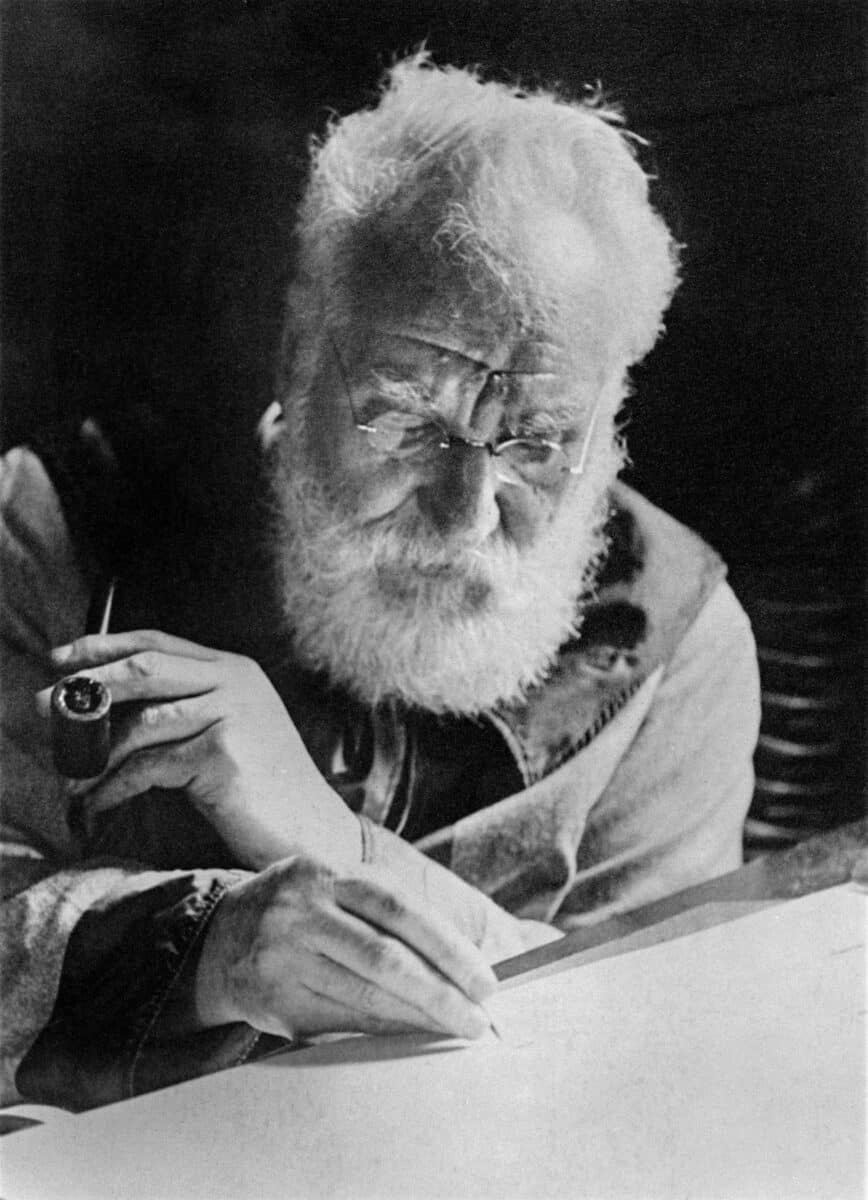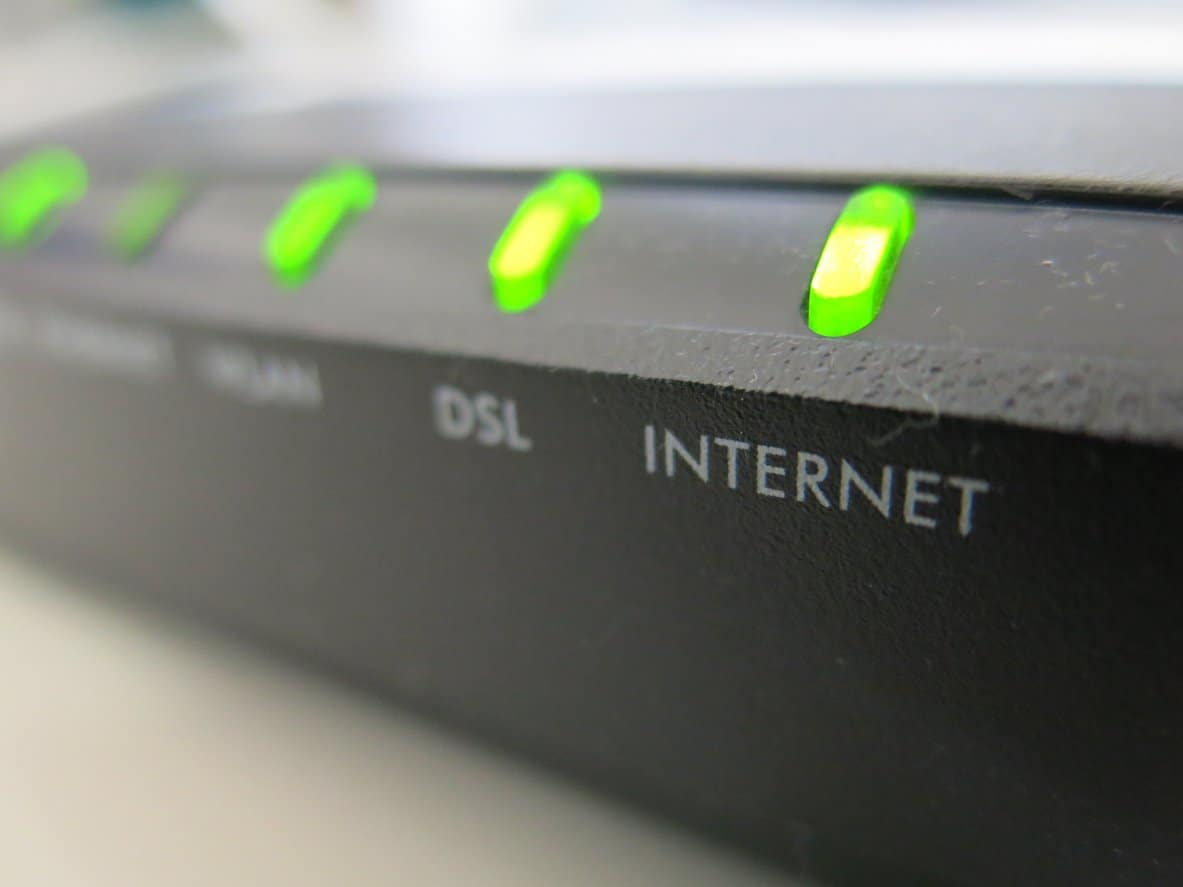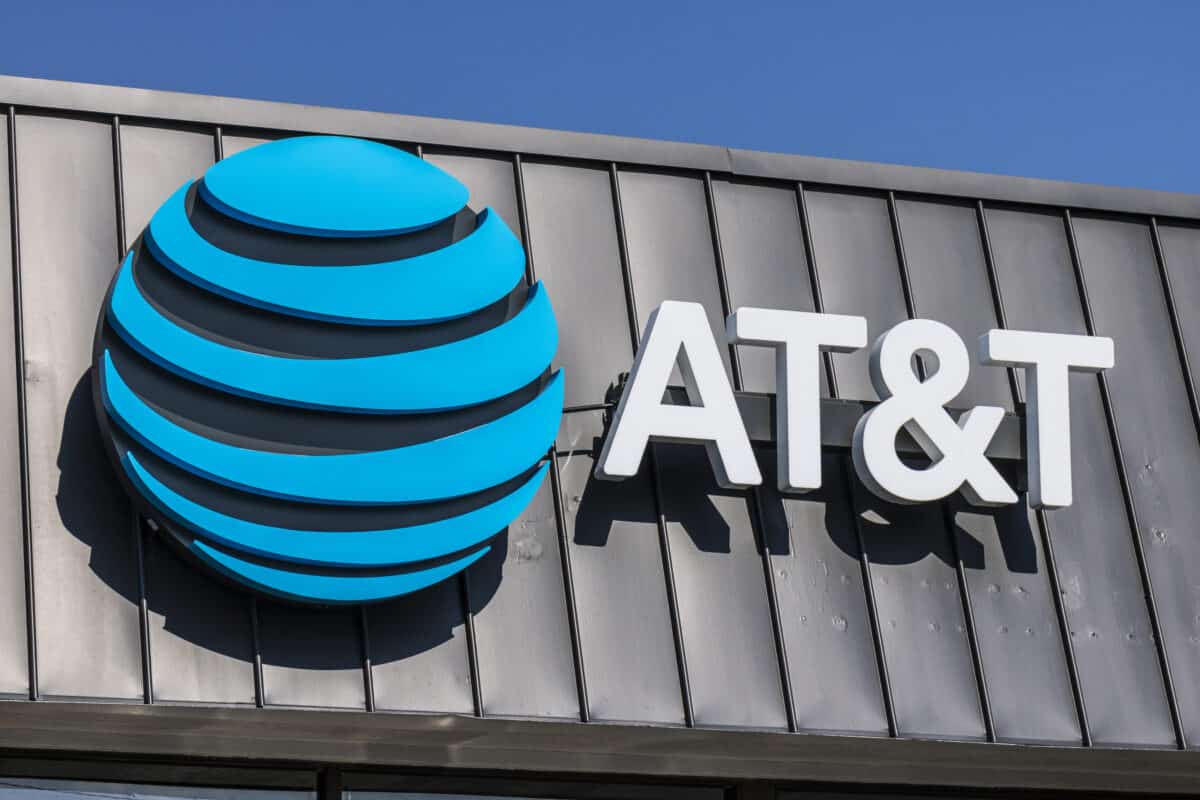Bell Labs was founded in 1876 as The Bell Patent Foundation by Alexander Graham Bell, Thomas Sanders, and Gardiner Hubbard. Bell Labs is known for numerous innovations in technology which have radically shaped the world we live in today. These include the telephone, the laser, satellites, solar cells, digital signal communications, and the fax machine.
Bell Labs has launched the careers of innovative engineers. In fact, many of the greatest minds of the century worked with Bell Labs at some point during its existence. Bell Labs could be relied upon for producing innovative technology which was just what the world needed at the time. Although Bell Labs has changed hands and gone through some turbulent periods, it now exists as a Nokia subsidiary.
Quick Facts
- Year Founded
- 1925
- Founders
- Alexander Graham Bell
- Industry
- Sound and Light Information Technology, AT&T, Western Electric Company
- Headquarter
- Murray Hill, New Jersey
- Key People
- Alexander Graham Bell, Sumner Tainter, Chichester Bell, etc
- Notable Products
- radio astronomy, the transistor, the laser, the photovoltaic cell, the charge-coupled device, information theory, Unix, programming languages B, C, C++, S, SNOBOL, AWK, AMPL
- Website
- https://www.bell-labs.com/
The History of Bell Labs: What to Know
Bell Laboratories is a legendary company in the technology research world. From its inception, Bell Labs has been responsible for world-changing technology, starting with the telephone invented by the founder of Bell Labs, Alexander Graham Bell. Over the last century, the lab produced innovations that solidified careers and advanced the information technology era. It was even called “The Idea Factory” as a moniker. The name was used as a title for a book that detailed the lives of the key men who shaped Bell Labs.

Here’s a quick list of some of the technologies everyone is familiar with that are Bell Labs innovations:
- Data Networking: The Telephotography Facsimile Machine, or fax machine, was one of Bell Labs’ creations in experimentation with delivering more than just audio traffic.
- The Transistor: Created by John Barden and Walter Brattain during research to understand the nature of electrons between a metal and a semiconductor. Their discoveries became the foundation of solid-state electronics and earned Barden and Brattain both a Nobel Prize in Physics in 1956.
- DSL: That’s right, Bell Labs created the digital subscriber line used to carry information over the same lines used for phone connections.
- Telephone: While it is truly an invention of Alexander Graham Bell, he was the founder of Bell Labs. So, the telephone is the first of the Bell Lab inventions.
- The Laser: Bell Labs was also responsible for the very technology that pushed man-made tools and electronic fabrication to the next level even today.
Without listing every single invention to come from Bell Labs, It’s easier to say that almost all of the modern technology we enjoy has some of its beginning in Bell Labs.
Bell Labs has launched the careers of innovative engineers and earned over nine Nobel Prizes. It was formed by a merging of the engineering teams of both the Western Electric Company and AT&T.
The Founding of Bell Labs: How It Happened
In 1876, Alexander Graham Bell, Thomas Sanders, and Gardiner Hubbard formed The Bell Patent Association while filing the first patents for the telephone. A year later, Bell Telephone Company was created as the first telephone company. After a short time, it became a part of the American Bell Telephone Company which was then given to the American Telephone & Telegraph Company (AT&T) in 1889.
By 1896, Western Electric had decided to join the technological effort. They bought 463 West Street to act as a station for manufacturers and engineers working to supply AT&T with a products like switches, transmission equipment, and telephones. On January 1, 1925, AT&T and Western Electric created a new organization to consolidate their development and research, Bell Telephone Laboratories, Inc. From there, Bell Labs grew immensely. By the early 1940s, engineers and scientists had begun to spread away from the congestion of New York City. As the operation spread, Bell Labs officially relocated its headquarters to Murray Hill, New Jersey.
Regardless of the decade or where the current headquarters of Bell Labs resided, the research and development collaborative was responsible for designing the future that we experience in modern times and will continue to result in revolutionary changes in the future. With the creation of the transistor, they are responsible for the foundation of modern computing and electronics as a whole. With the creation of the digital subscriber line, they helped to push the internet into existence in the early age of information technology and developed the first methods of sending data rather than audio signals. Entire volumes of books are filled with their innovative contributions. Bell Labs is the home to the birthplace of the laser, which now powers computers and tools in nearly every home.
It all started with a man and an invention. Alexander Graham Bell founded the idea of Bell Labs in order to patent his first technological innovation, the telephone. As an inventor with a spark for creation, he continued to produce and attract others who wished to do the same. While the company has changed hands and names over the years, Bell Labs still exists to this day under the ownership of Nokia.
Bell Labs Through the Decades
1925 – 1984
Bell Labs was incorporated in 1925 as an AT&T subsidiary. However, this is largely not considered to be the birth of Bell Labs, but instead the next stage. From 1876 to 1925, Bell Labs was an engineering department in New York City formed by both AT&T and Western Electric Company, another subsidiary of AT&T. The success of in-house research led to Bell Telephone Laboratories, Inc. running its own operations on January 1, 1925.
In 1930, Bell Labs relocated to New Jersey to conduct radio research free of the interferences found in New York City. In 1933, the Holmdel, New Jersey facility discovered radio astronomy. This research continued as Bell Labs began working on radar and military communication systems. By the time World War II came around, they had pioneered and improved military systems with developments like the two-way radio, radar, sonar, computers, the “bazooka”, encrypted communications systems, proximity fuses, and semiconductor devices.
After the war, Bell Labs continued to see success in innovation creation. Bell Labs pushed out fiber optic transmission, electronic switching systems, cellular telephony, satellite communication, solar power, the first “picturephone” charge-couple devices, video cameras, and even the Hubble telescope invented by Willard Boyle and George Smith at Bell Labs in the 1970s.
In 1954, Bell Labs created the photovoltaic cell. Daryl Chapin, Gerald Pearson, and Calvin Fuller demonstrated the first solar cell on April 25, 1954.
1984 – 1996
In 1984, AT&T was found to be a monopoly. The company was court-mandated to be divided into seven regional “Baby Bells.” The smaller labs now split and separately owned continued to operate, but mostly under specific contracts to research. The name dwindled until 1996 when AT&T split once more. This time the manufacturing arm became Lucent Technologies, while the services side remained under the AT&T name. Bell Labs found itself divided between the two. The monopoly split had done its damage to the company’s funds and stock.
1996 – Now
1996 saw the creation of a stock trader’s dream as Bell Labs had become Lucent Technologies. It saw its stock value rise from $7.56 to $84 in four years time only to be wiped clean by the 2001 telecom crash. Bell Labs survived as a part of Lucent Technologies even after it merged with Alcatel in 2006 to become Alcatel-Lucent. In 2016, Nokia acquired the company and renamed Bell Labs to Nokia Bell Labs. Nokia Bell Labs still exists today.
The Most Important Inventions from Bell Labs
Bell Labs is known for its inventions. It is fair to say that they are responsible for inventing the modern world. To be more specific, here are some of Bell Labs’ most prolific contributions to the world:
Digital Subscriber Line (DSL)
As a way to increase modem speeds, Bell Labs designed the first trial of DSL technology using copper phone lines to transmit high-speed data. The concept has since been adopted by many competitors and is offered by internet service providers who utilize the phone lines. As part of Bell Labs’ research into sending information over lines, they also created the telephotography facsimile machine.

Transistor
Created by Bell Labs researchers John Barden and Walter Brattain in 1947, the transistor was a revolutionary piece of technology that enabled the existence of solid-state electronics. The two researchers had discovered that by making two-point contacts between metal and a semiconductor, they could make a three-terminal device, known as the first “point contact” transistor. The idea picked up from there and became a foundational concept for electronics. John Barden, Walter Brattain, and William Shockley received a Nobel Prize in Physics in 1956 for the discovery of the transistor effect. Shockley earned credit for developing a junction transistor that was designed for easier fabrication.
Solar Cells
In 1954, Gerald Pearson, Calvin Fuller, and Daryl Chapin designed a silicon solar cell capable of six percent energy conversion with direct sunlight. In 1962, Bell Labs solar cells powered the world’s first communications satellite, Telstar. This technology has since advanced tremendously and is used to power homes.
Laser
Lights amplification by stimulated emission of radiation, or laser for short, was created in 1957 by Charles Hard Townes and Arthur Leonard Schawlow at Bell Labs. While the study into the laser started with infrared light, the pair abandoned infrared radiation for the higher prospects of visible light. They originally named it “optical maser”. Bell Labs officially filed the patent in 1958.
Unix and Programming Languages
Between 1969 and 1972, programming engineers at Bell Labs were incredibly busy. They created both the Unix operating system and the C programming language to pair with it. Unix is what made the internet a practical idea. Unix was created so well that it is still the operating system of most massive internet servers in the modern Era. In turn, C, C+, C++, and all of its descendants are widely used today as well. Bell Labs also created a distributed operating system named Plan 9. Plan 9 later became free and open-source by the year 2000. The final official release of Plan 9 happened in early 2015.
B, C, C++, S, SNOBOL, AWK, AMPL, and etc
While Unix and the languages of programming go hand-in-hand, it is important to recognize the invention of both a full running operating system and multiple programming languages. These programming languages have not only survived the test of time but evolved and inspired the rest around it.
How Did Bell Labs Make Money?
Bell Laboratories spends its money on valuable research that created revolutionary patents. The patents created from Bell Lab’s research are now used in nearly all of modern technology.
Bell Labs Acquisitions
Bell Labs was less known for acquisitions of other companies and instead of growth. AT&T found success by creating in-house research during its time as a telephone monopoly. The company found it a far better method to create a new subsidiary than to purchase another. However, during its time in existence, AT&T did purchase a lot of land for research locations.
Laboratory Locations
Bell Labs has moved a lot through its time. Here are the locations Bell Labs had listed as owned in 1974:
- Allentown, PA
- Atlanta – Norcross, GA
- Centennial Park – Piscataway, NJ
- Chester – Chester, NJ
- Columbus, OH
- Crawford Hill – Holmdel, NJ
- Denver, CO
- Grand Forks MSR – Cavalier, ND
- Grand Forks PAR – Cavalier, ND
- Guilford Center – Greensboro, NC
- Holmdel, NJ
- Indianapolis, IN
- Indian Hill – Naperville, IL
- Kwajalein – San Francisco, CA
- Madison, NJ
- Merrimack Valley – North Andover, MA
- Murray Hill, NJ
- Raritan River Center – Piscataway, NJ
- Reading, PA
- Union, NJ
- Warren Service Center – Warren, NJ
- Whippany, NJ
Bell Labs Notable Controversies
AT&T Monopoly
In 1984, AT&T was rightly charged as being a monopoly. While the company was seen to be innovative and mostly benevolent toward society, the monopoly it held in the telephone industry created an unfair market for anyone not in the company. The company was forced to split into seven different regional companies. Bell Labs found itself an unfortunate victim. The lab research they conducted required heavy amounts of funding that were mainly possible due to AT&T’s market dominance. Once the company was split, research funds began to slow to a halt. The fate of Bell Labs became unstable.

The image featured at the top of this post is ©iStock.com/KreangchaiRungfamai.
